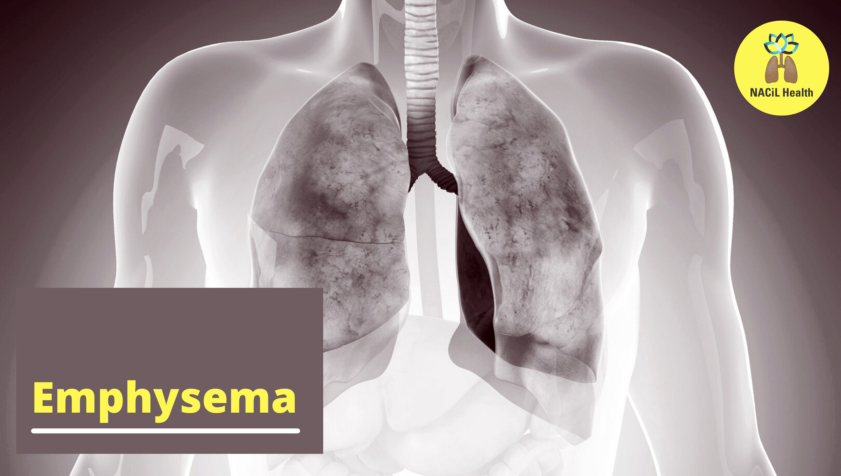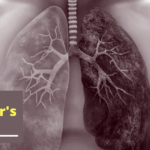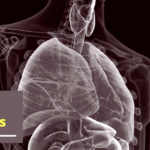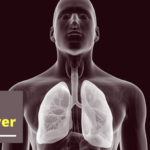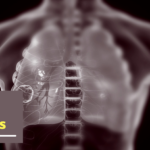Emphysema is a chronic obstructive pulmonary disease (COPD). COPD is an umbrella term that includes emphysema and chronic bronchitis. Emphysema is a chronic lung disease that damages and destroys the air sacs in the lungs that causes shortness of breath and makes it hard to breathe.. These sacs, called alveoli, are responsible for exchanging oxygen and carbon dioxide in the blood. When they are damaged, less oxygen is able to reach the bloodstream, which can cause shortness of breath, wheezing, and other breathing problems. There is no cure for emphysema, but there are treatments available that can help relieve symptoms and improve quality of life.
When it first develops, emphysema, it is usually asymptomatic. In fact, research suggests emphysema can present with no symptoms until alveoli damage occurs in more than 50% of the lungs.1 When symptoms do become obvious, they can be severe, as the illness progresses, however, it causes shortness of breath with activity and, eventually, a chronic cough with phlegm and frequent bouts of bronchitis or pneumonia. In the later stages of emphysema, potential complications can range from anxiety to heart problems.
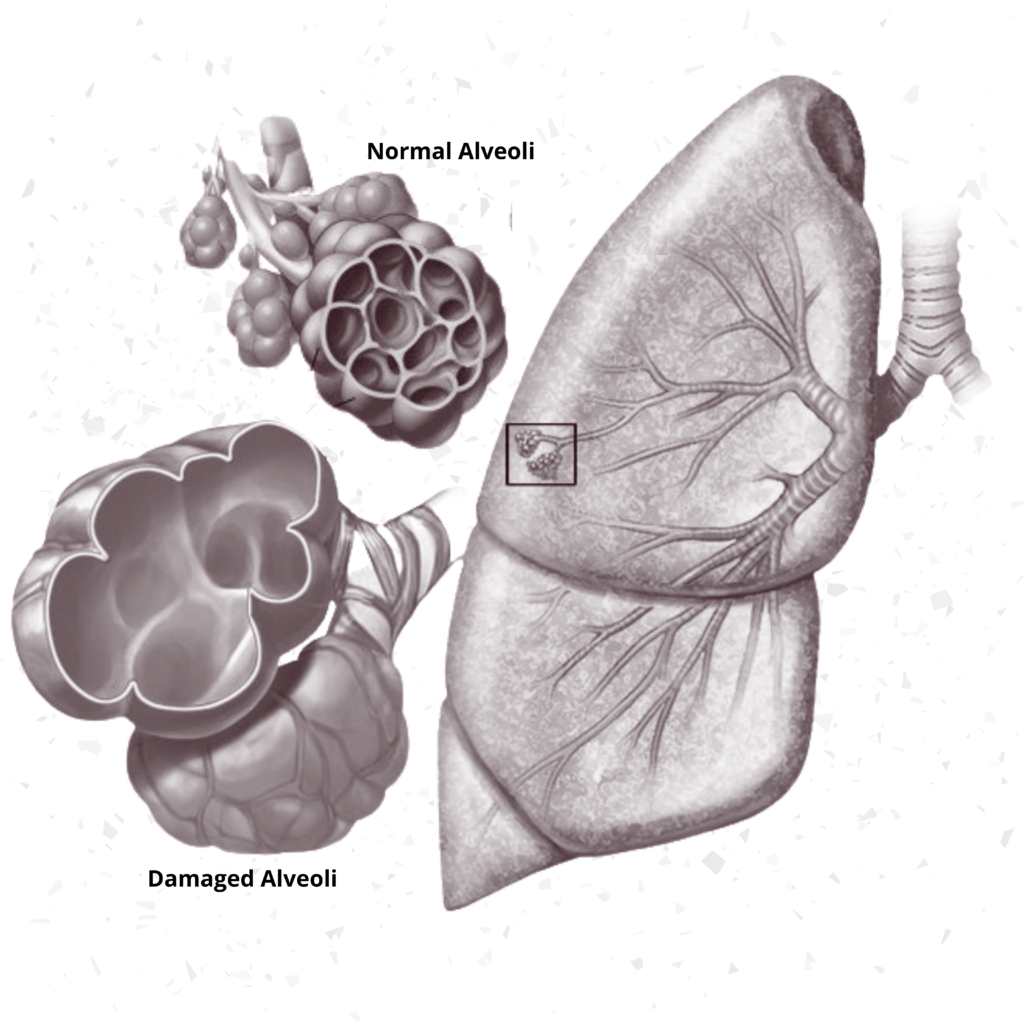
Commonly caused by cigarette smoking or exposure to other lung irritants or pollutants that damage the alveoli in the lungs—where oxygen and carbon dioxide are exchanged—emphysema is a progressive illness without a cure, but its symptoms can be managed. Smoking is the leading cause of emphysema, and there are consequences to smoking such as long term effects, loss of smell, coughing fits, and more.
Shortness of breath, also known as dyspnea, is the hallmark symptom of emphysema. Tachypnea, the medical term for rapid breathing, is another common symptom of emphysema. The normal respiratory rate for a healthy adult ranges from 12 to 18 breaths per minute. Tachypnea is defined as taking more than 20 breaths per minute for at least several minutes. Frequent Symptoms includes Shortness of Breath, Rapid Breathing, Chronic Cough, Wheezing, Reduced Exercise Tolerance and Rare Symptoms are Loss of Appetite and Weight Loss, Barrel Chest, Cyanosis (lack of sufficient oxygen in the tissues), Poor Sleep, Decreased Sexual Function
There are three main emphysema types—Centriacinar or Centrilobular, Panlobular, and Paraseptal—that affect different parts of the lung structure.
Centrilobular Emphysema, or centriacinar emphysema, is a long-term, progressive lung disease. Centrilobular emphysema primarily affects the upper lobes of the lungs. It’s characterized by damage to your respiratory passageways. Known as bronchioles, these passageways allow airflow from your mouth and nose to your lungs. The damage typically begins in the center of your lungs and gradually spreads outward. The condition typically affects people who smoke or used to smoke cigarettes. People who’ve had coal workers’ pneumoconiosis (CWP) are also at risk. Again, Smoking is the main cause of centrilobular emphysema.
Panlobular Emphysema affects the whole acinus—which is the end portion of the respiratory bronchioles, including the alveolar ducts, alveolar sacs, and alveoli. It is an evenly distributed disease in which the tissue damage is uniform throughout the acinus and secondary pulmonary lobule. Panlobular emphysema, just like other types of emphysema, is irreversible. There is no cure. Coping with panlobular emphysema and breathlessness can be challenging. It can lead to symptoms of depression or anxiety, especially if breathlessness is affecting everyday life. Learning relaxation techniques such as breathing exercises, visualization, and meditation can also help with breathlessness and anxiety symptoms.
Paraseptal Emphysema is characterized by swelling and tissue damage to the alveoli. Alveoli are tiny air sacs that allow oxygen and carbon dioxide to flow through your airways. This form of emphysema usually occurs on the back part of the lung. Symptoms of paraseptal emphysema includes, fatigue, coughing, wheezing, shortness of breath. The symptoms of paraseptal emphysema often go unnoticed until it’s too late. Because of this, the condition tends to get diagnosed after it has advanced.
Other types of Emphysema:
Subcutaneous Emphysema is a type of lung disease where air or gas gets under your skin tissue. Although this condition commonly occurs in the tissue of the neck or chest wall, it can develop in other body parts. A smooth bulging will appear on the skin. Subcutaneous emphysema is a rare condition that can occur after surgery of the thorax.
Bullous emphysema occurs when giant bullae develop in the lungs. Bullae are bubble-like cavities filled with fluid or air. The bullae typically grow in the lungs’ upper lobes. They often take up at least one-third of one side of the chest. Lung function may be impaired if the bullae become inflamed and rupture.
Doctors have dubbed bullous emphysema “vanishing lung syndrome” because the giant air sacs cause the lungs to look as if they’re disappearing.
Treatment options include lifestyle changes, medications, and surgery. Lifestyle changes may include quitting smoking, eating a healthy diet, and exercising regularly.

